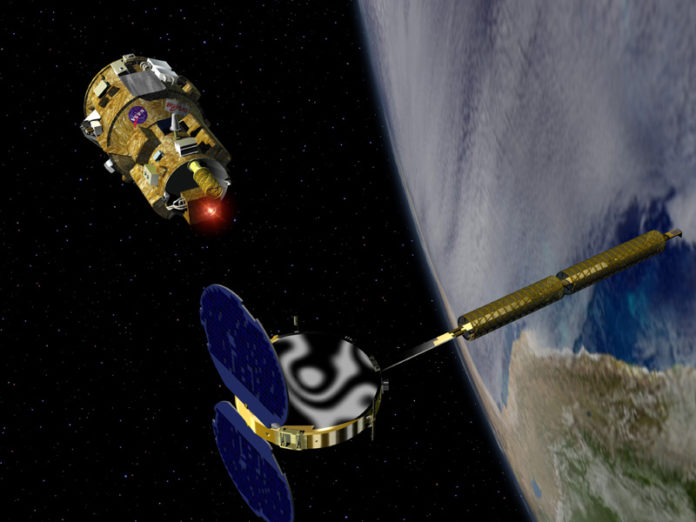Deflecting the course of an asteroid has always been a topic of discussion among the space scientists. After a well known study about the impact of asteroids, conducted under the mission named ‘Asteroid Impact and Deflection Assessment’, the news about NASA’s new mission is spreading like wildfire.
‘DART’, NASA’s new mission assisted by its Planetary Defense Coordination Office (PDCO) will change the path of the asteroids.
Lindley Johnson, planetary defense officer, explains, “DART would be NASA’s first mission to demonstrate what’s known as the kinetic impactor technique, that is, striking the asteroid to shift its orbit. This approval step advances the project toward an historic test with a non-threatening small asteroid.”
The kinetic impact technique works by changing the speed of a threatening asteroid by a small fraction of its total velocity, but by doing it well before the predicted impact so that this small nudge will add up over time to a big shift of the asteroid’s path away from Earth.
DART will target the asteroid Didymos. This will have a distant approach to Earth in October 2022 and also in 2024. Didymos in Greek refers to “twin”. This asteroid binary system consists of two bodies. One is the Didymos A, 780 meters in size. The other one is a smaller asteroid orbiting it called Didymos B, 160 meters in size. DART would impact only the smaller of the two bodies, that is, Didymos B. The size of Didymos B is typical as that of other asteroids that could potentially create regional effects in case of impact on Earth.

Source: ESA
DART, after its launch, will fly to Didymos. The refrigerator-sized spacecraft will use an on-board autonomous targeting system to aim itself at Didymos B. It will strike the smaller body at a speed about nine times faster than a bullet, 6 kilometers per second.
Earth-based observatories will be able to see the impact and the resulting change in the orbit of Didymos B around Didymos A. This will allow scientists to better determine the capabilities of kinetic impact as an asteroid mitigation strategy.
DART would test technologies to deflect objects in the intermediate size range. It will test asteroids large enough to do regional damage, yet small enough that they have not yet been observed. NASA-funded telescopes and also other assets continue to search for these objects, track their orbits, and determine if they are a threat.

























